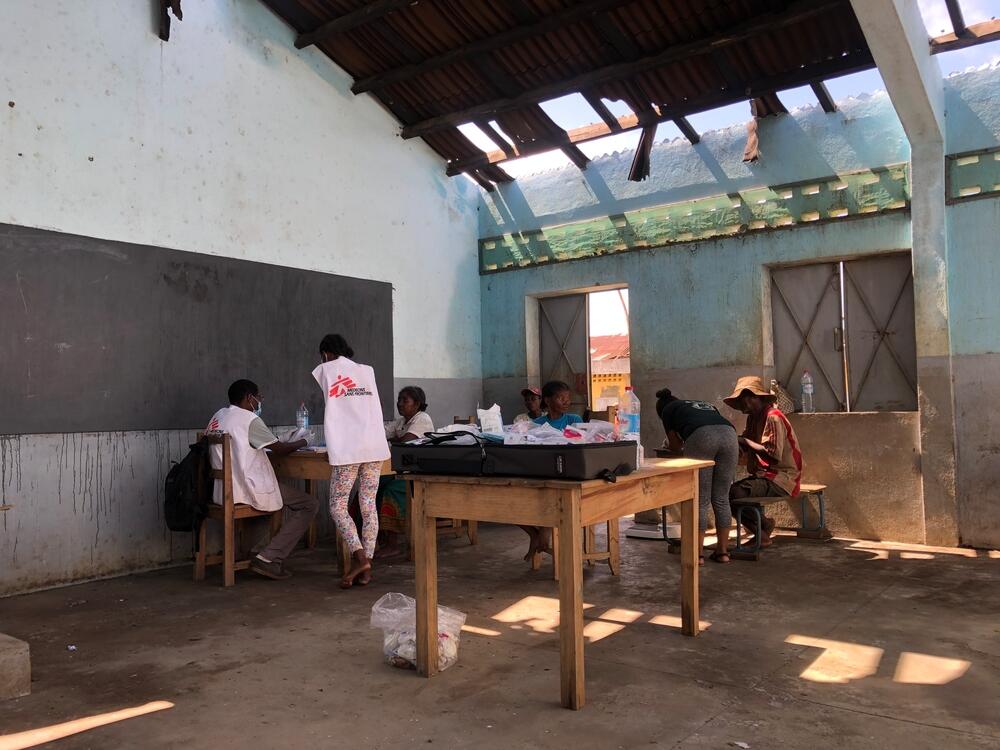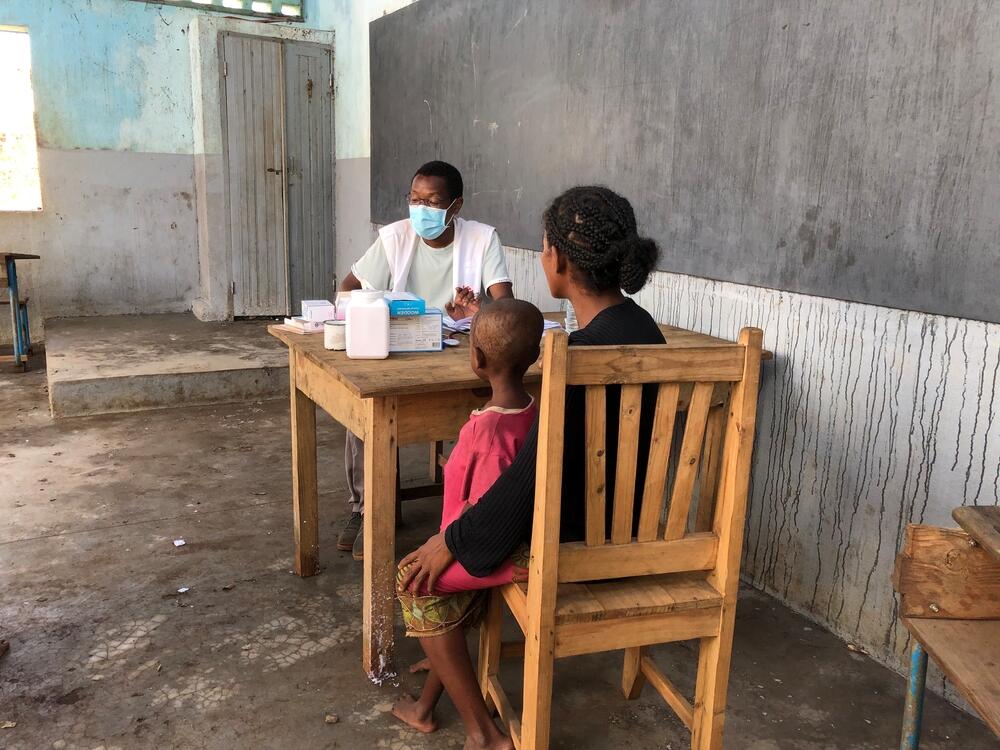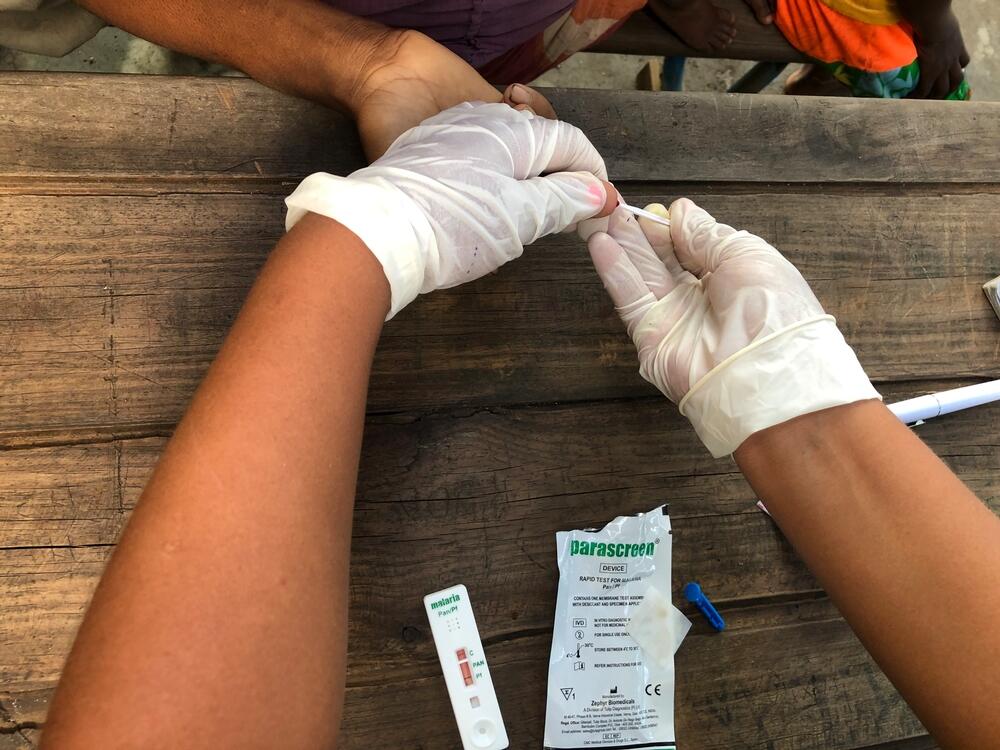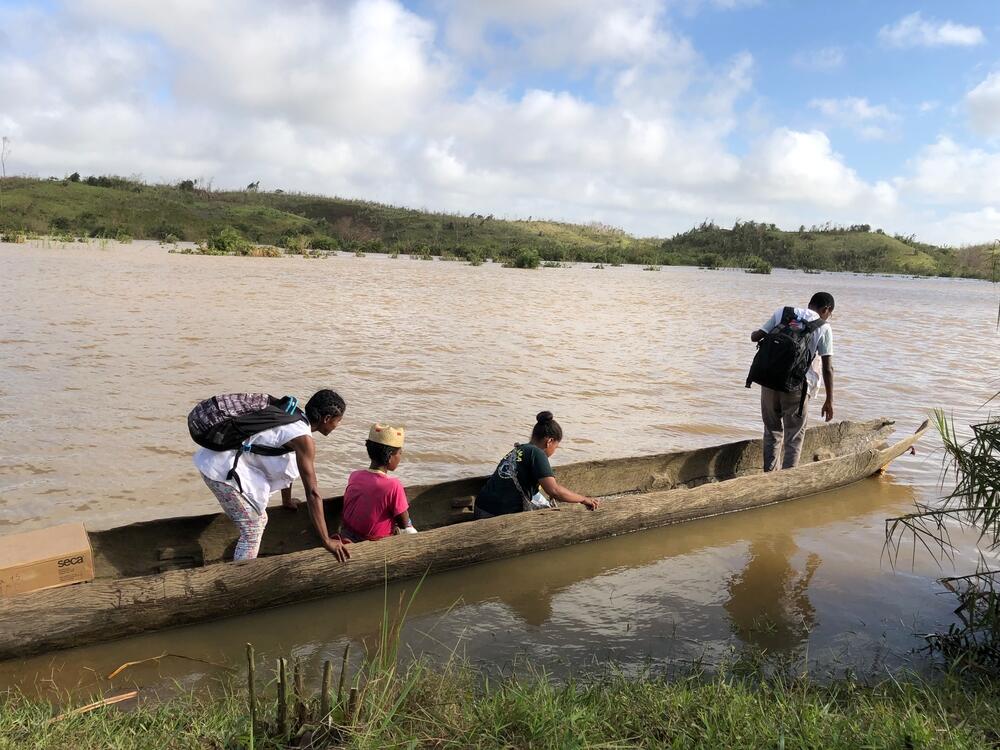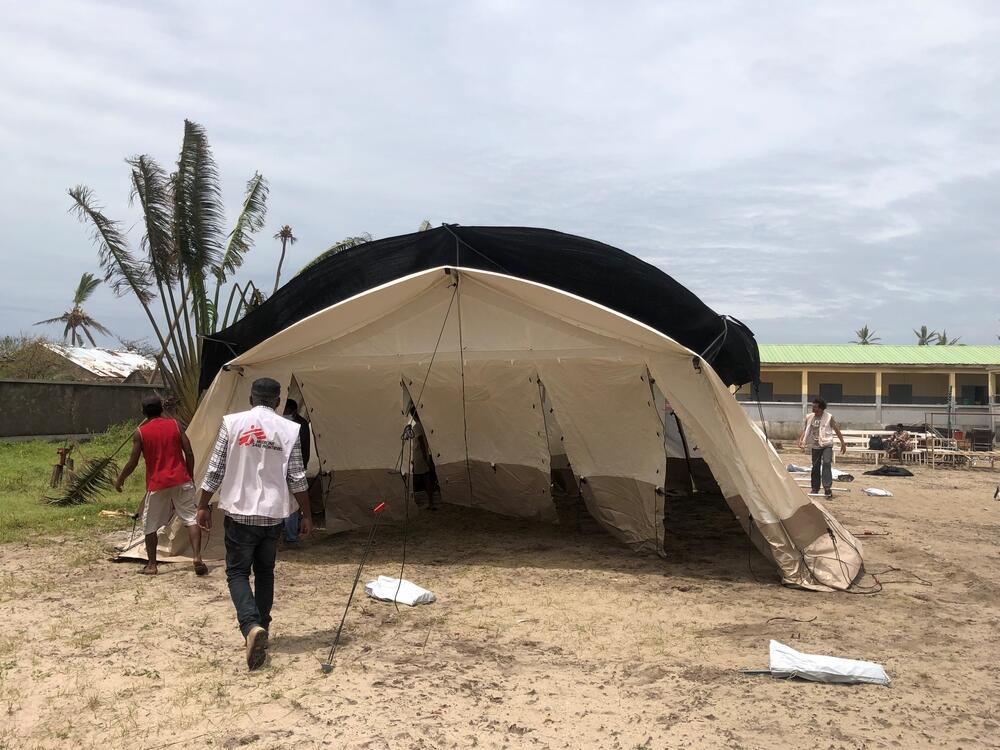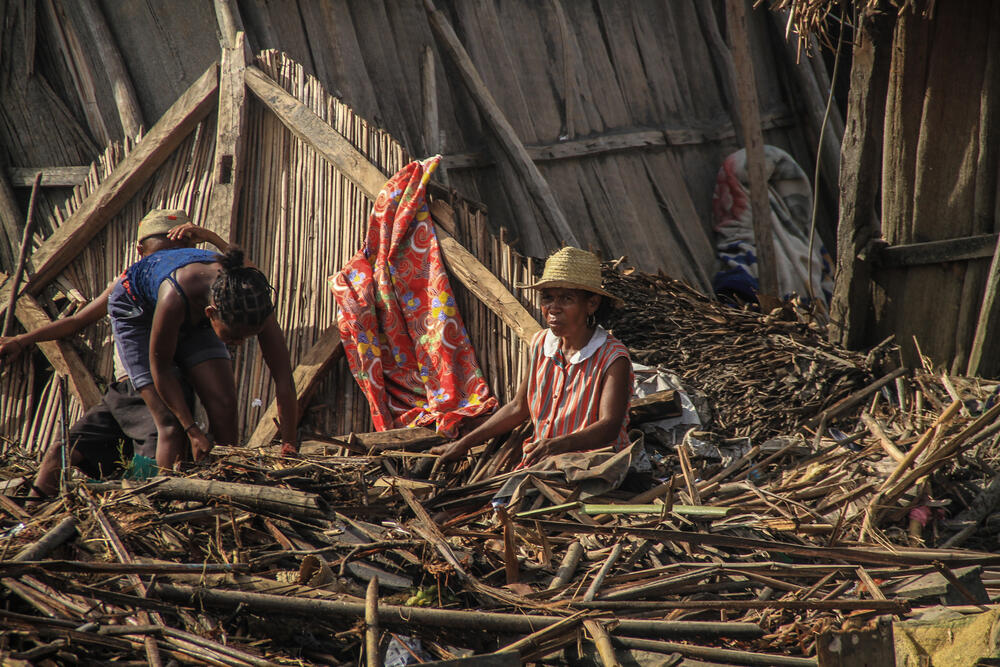Madagascar: Reaching the communities cut-off by two cyclones
More than 150,000 people have been hit by the devastation to Madagascar’s east coast
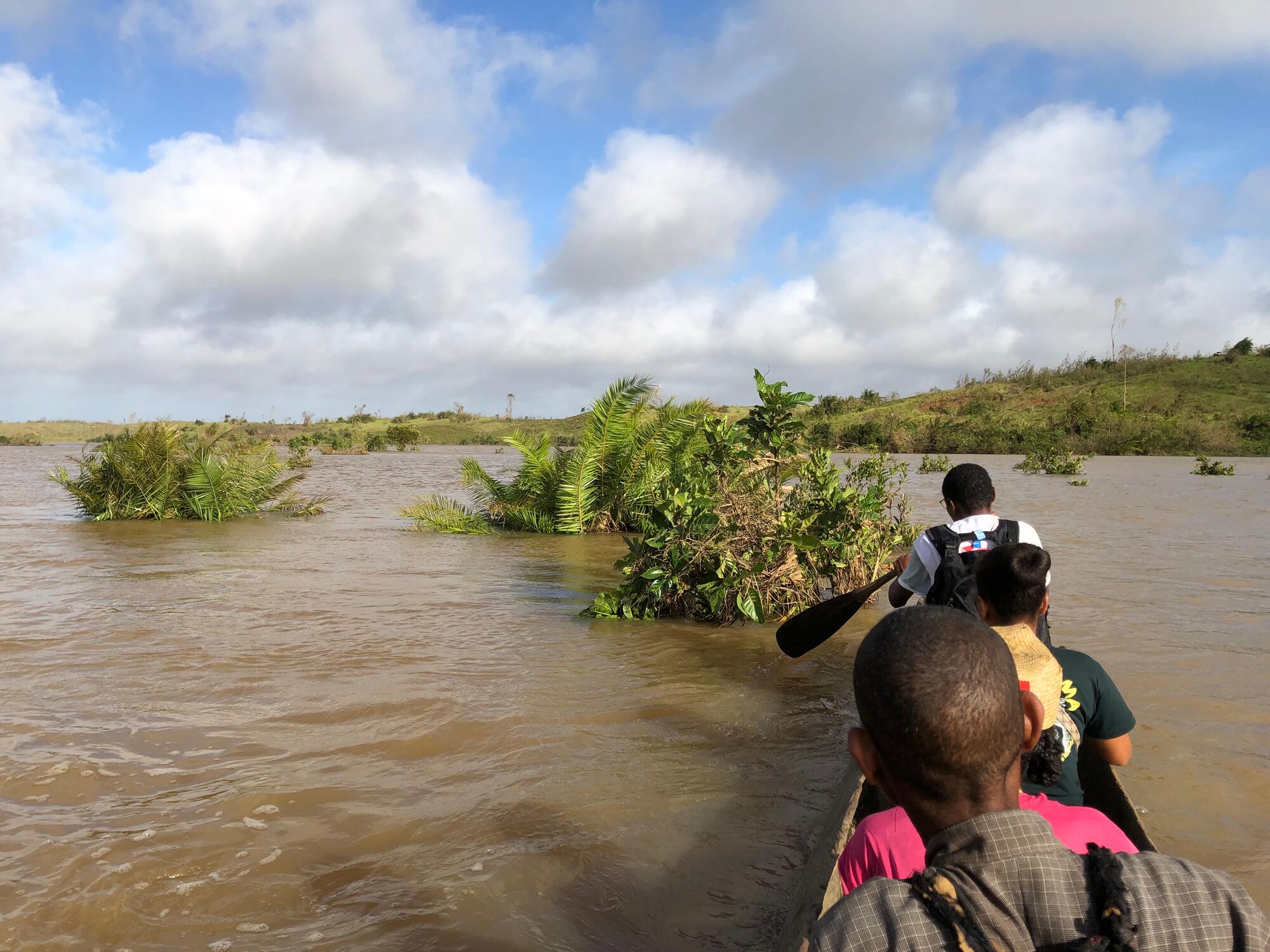
More than 150,000 people have been affected after two cyclones hit Madagascar. Between 5 and 22 February, cyclones Batsirai and Emnati devastated the east coast of the country, destroying multiple healthcare centres in their paths.
Médecins Sans Frontières / Doctors Without Borders (MSF) emergency teams are now attempting to reach isolated rural areas where people have limited access to medical care and basic services
It takes almost two hours for the MSF emergency team to cover the 12 miles that separate the village of Mahatsara Iefaka from the Madagascan city of Mananjary – where they've been based since Cyclone Batsirai hit.
In the village, the roof of the healthcare centre has been ripped off by the storm, along with the solar panels that provided its electricity.
“Before the cyclones and the destruction of the health centre, there were consultations every day here,” explains Nicole Vololoniaina, a midwife who had been working at the healthcare post for 18 months.
“Today is the first time that I have come back in three weeks.”
She's joining the MSF team as they provide medical consultations to people who have come to the village school, where they have set up a mobile clinic. For nearly a month, local people here have had no access to healthcare.
Among the 37 people seen is a nine-month-old child who has an infected abscess: his leg was wounded in two places and without antibiotics he risks septic shock.
“The abscess is a complication of the original wound,” says Johnson Heritiana, an MSF doctor.
“His condition has deteriorated because he has not been able to get any care. His parents took him to a pharmacy in Mananjary where they paid for three doses of antibiotics.
“The treatment was insufficient, but after the cyclone their priority was to rebuild the roof of their house and to find water and food. They don’t have the means to pay for any new medical treatment.”
The child and his parents are transported by the MSF team to Sainte-Anne Hospital, back in Mananjary, where he is admitted for treatment.
The team at the mobile clinic also treat people with respiratory infections, malaria, and chronic diseases.
“Of 19 people tested, 11 were positive for malaria – and that’s only the people that were presenting symptoms,” explains Johnson.
“It’s the season where normally we see a peak in malaria, but the pools of stagnant water that have collected after the cyclones have aggravated the situation.”
Many people affected by Cyclone Batsirai – the first storm – had managed to repair their houses, but construction materials have since become rare and expensive.
Today, they do not have the money necessary to rebuild their houses a second time after Cyclone Emnati.
“Many people were injured during the first cyclone by the wood and the sheet metal that was ripped off by the wind,” says Nicole.
“People who didn’t have any shelter fell ill, they coughed, and we saw that people also had diarrhoea because they were drinking polluted water from the river.”
Medical care where it's needed most
Help us care for people caught in the world's worst healthcare crises.
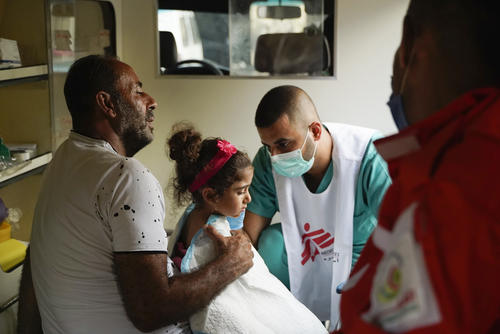
Across the Mananjary area, access to water, food and other essential services was already difficult even before these two catastrophic cyclones.
“We have identified around 20 malnourished children in the village,” said Nicole.
“As treatment isn’t available in our health centre, we have to refer them to Mananjary. It takes more than three hours to walk to the city, and many people don’t go because they think that they will have to pay for care.”
The challenge of accessing healthcare is nothing new for people living in the region. But the destruction of the healthcare centre and damage to the main road have isolated people in Mahatsara Iefaka even more so.
However, other even more remote areas are further deprived of humanitarian assistance and communication is still not available with many places.
Non-governmental organisations are struggling to deploy teams here and must use all methods of transport available – from walking to travelling by canoe – to reach people and evaluate their needs.
So far, MSF teams have carried out more than 250 consultations in rural areas of Mananjary since the beginning of the response.
At the same time, more than 100 consultations per day have been carried out in tents set up by MSF at the public hospital in Mananjary which was destroyed by Cyclone Batsirai.
MSF in Madagascar
Madagascar is the fourth largest island in the world and famed for its unique wildlife. Because of its location in the Indian Ocean, off the southeast coast of Africa, Madagascar is also prone to cyclones and flooding.
Médecins Sans Frontières/Doctors Without Borders (MSF) started working in Madagascar in 1987, responding to natural disasters and providing healthcare to people who otherwise wouldn’t have access.

